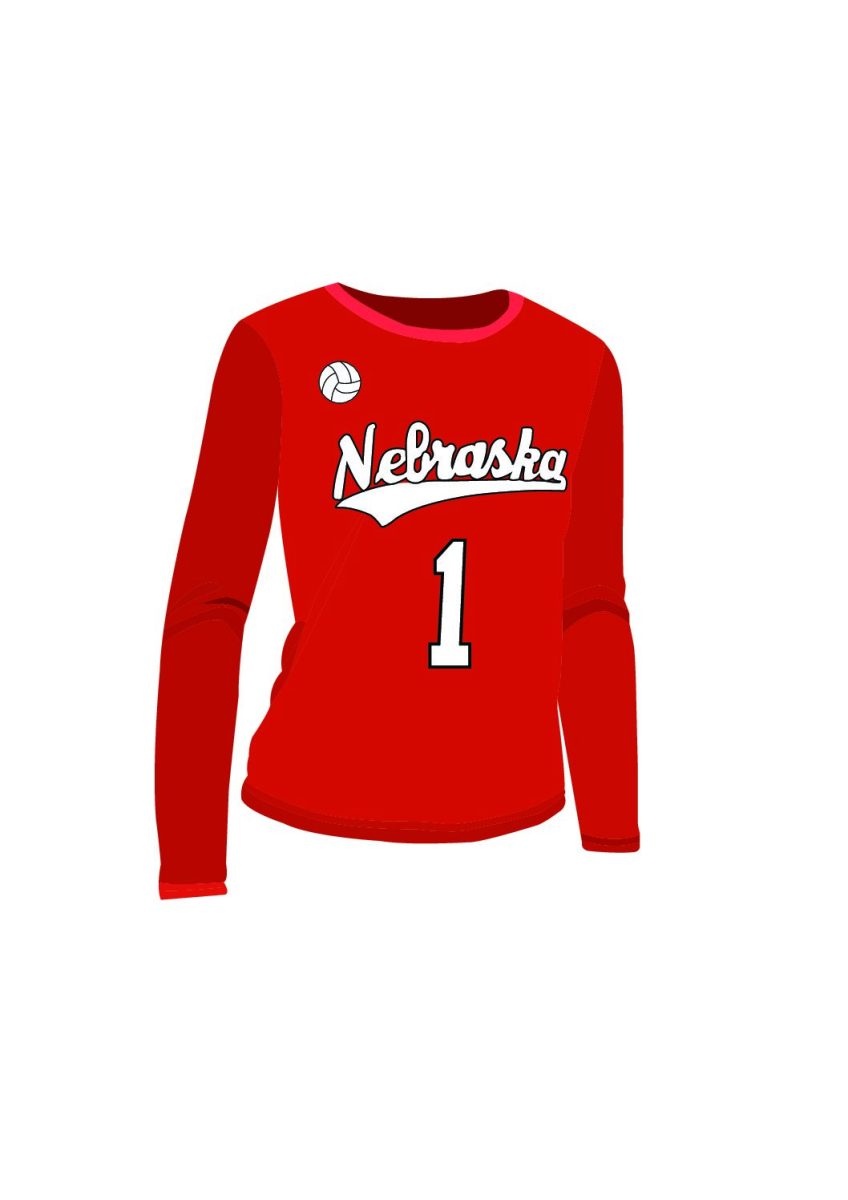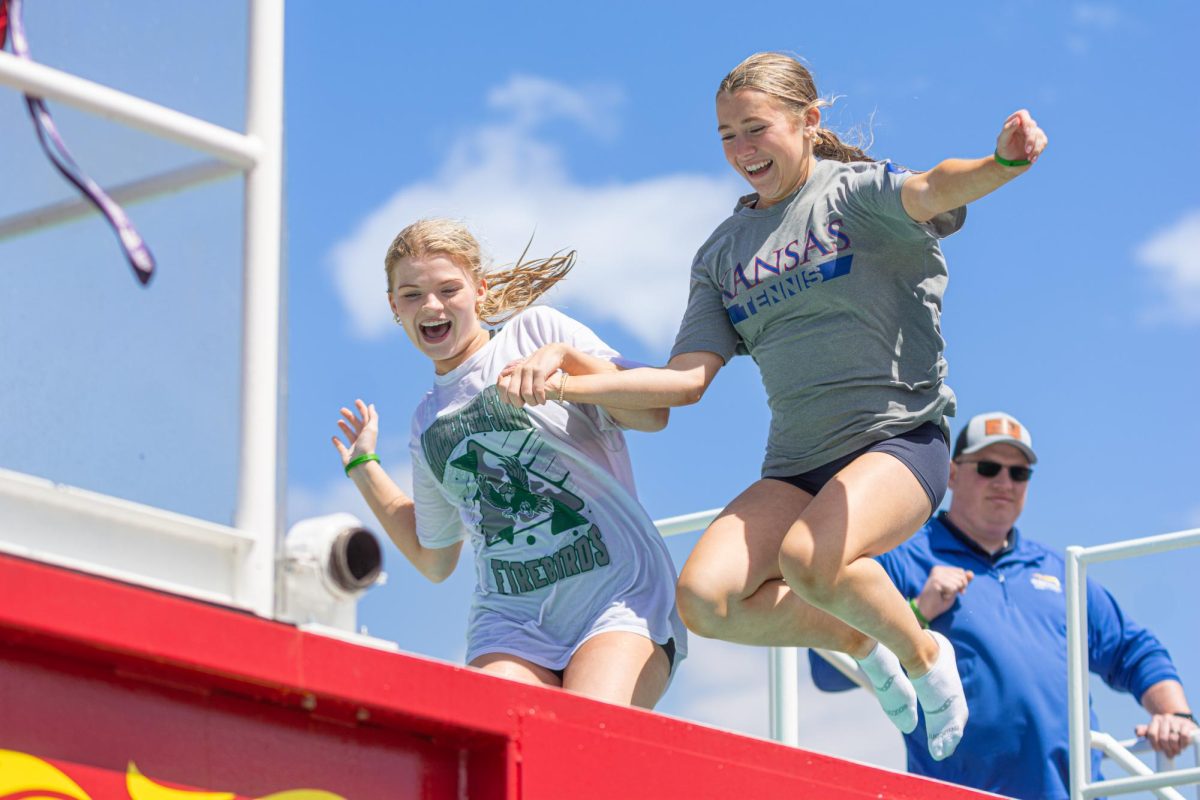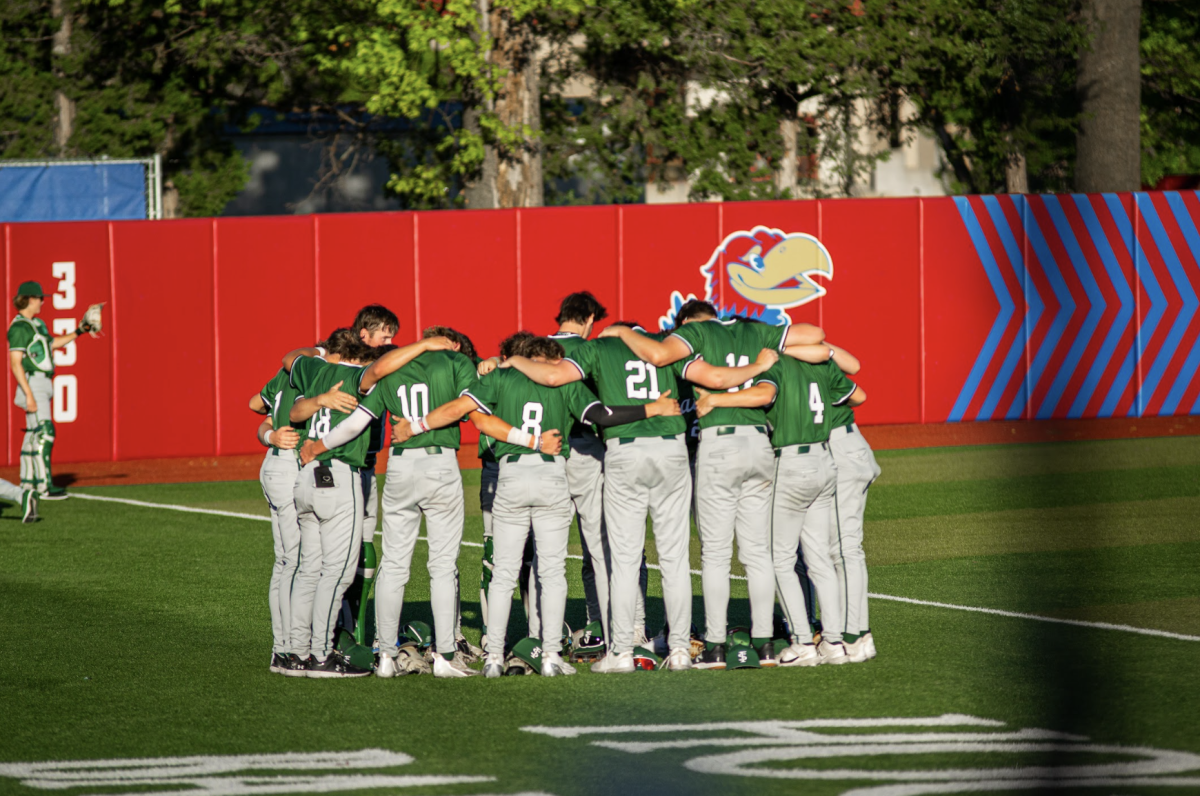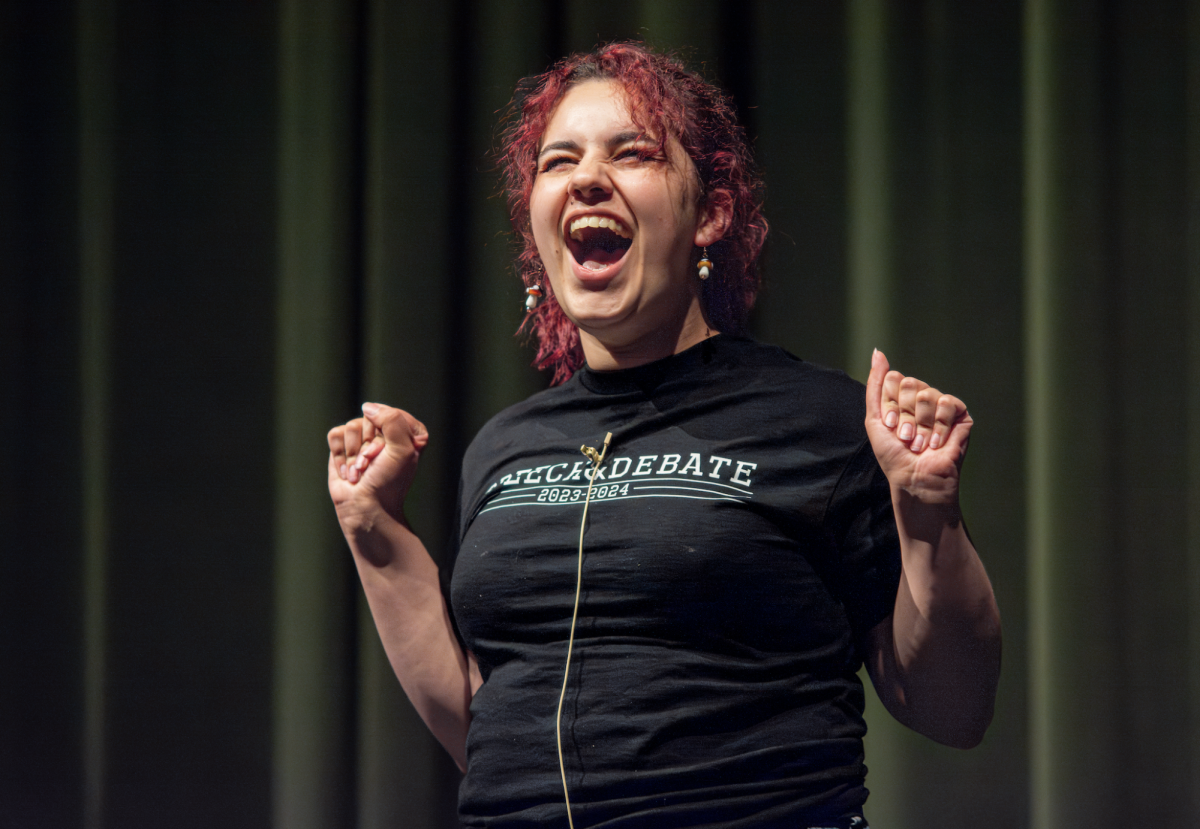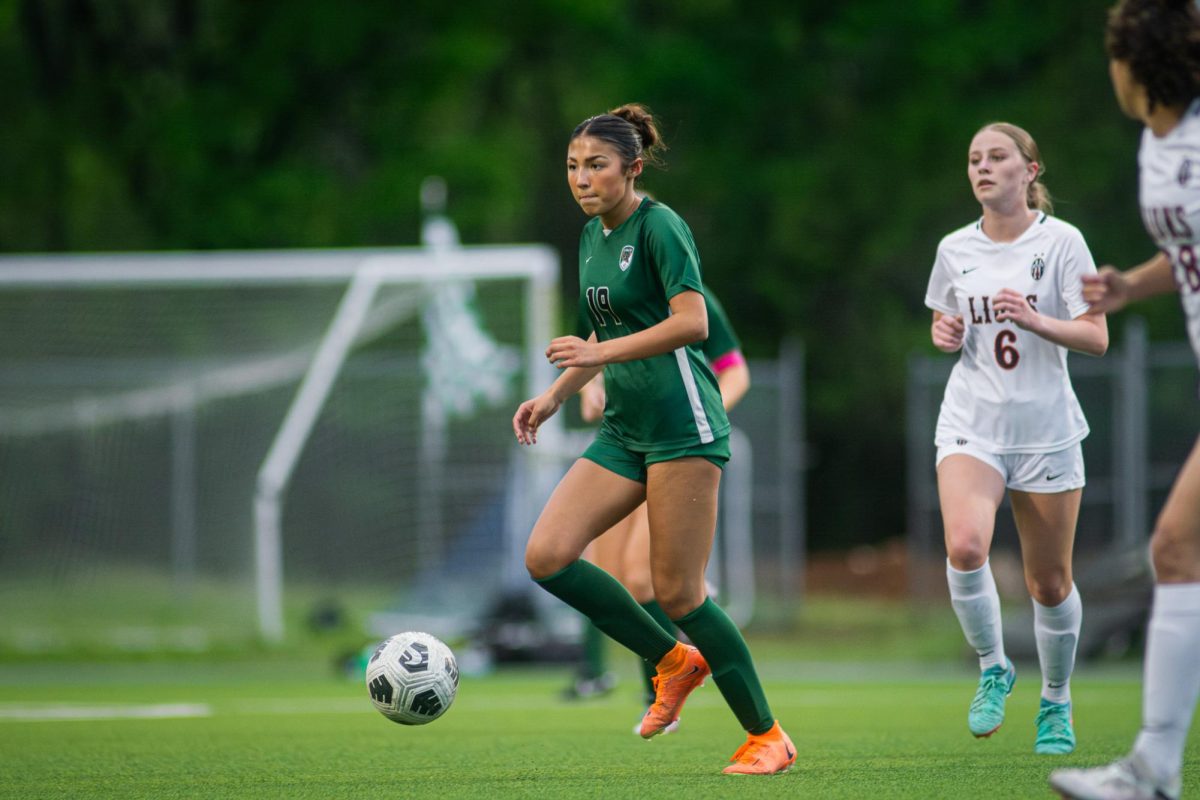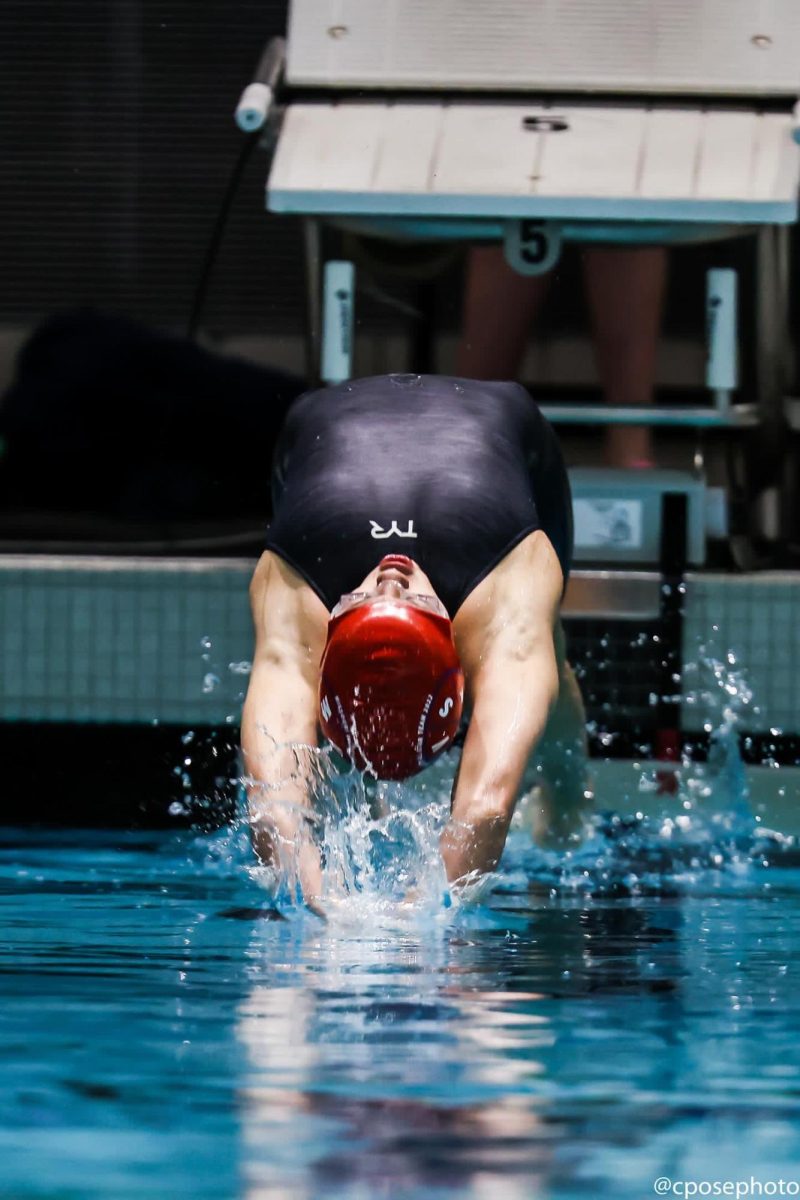A sea of red packed Memorial Stadium in Lincoln, Nebraska on Wed, Aug. 30 to watch the #1 ranked Nebraska Women’s volleyball team take on The University of Nebraska Omaha. With five national championships and a nation leading 99 American Volleyball Coaches Association All-Americans to their name, the Cornhuskers swept Omaha in a stunning 3-0 win with 29 kills, seven aces and seven blocks.
Volleyball in Nebraska is similar to that of football in Texas or Florida. Nebraska’s volleyball culture boasts its impressive and elsewhere unprecedented fanbase. The faithful Husker haven’t failed to sell out a volleyball match since 2001 and have led the nation in home attendance since 2013.
But this game was different. Prior to the match, the record attendance at an NCAA volleyball event was back when Nebraska battled Wisconsin in Columbus, Ohio in 2021 with an attendance of 18,755. The Huskers didn’t just shatter that record; they nearly quintupled it. Memorial Stadium seated 92,003 people on Aug 30, also setting the new world record attendance for a women’s sporting event.
That record is more than just a number or a stat — that record encapsulates the emotion, atmosphere, and changing landscape of women’s collegiate and professional sports.
For any sport in the media driven world of today, coverage and broadcast have helped bolster the state of modern sports in a way that cannot be traced back longer than a decade. For the new and aspiring generation of female athletes across the world, this benefit is extremely important.
Even though we are a half century into the enactment of Title IX, the progression of women’s sports has been felt more recently than ever before. The creation of the National Women’s Soccer League was only in 2012, barely 11 years ago. The National Women’s Basketball League was founded in 1996, whereas their male counterparts began playing professionally in the National Basketball League in 1898, nearly 100 years prior. A generation full of parents, young adults, and even college students grew up without a bulk of professional women’s sports, or the media coverage and funding to go with it.
Although these things continue to be fought for, a new generation of young girls are able to feel a part of this movement; they can envision themselves inside of these athletes.
Change isn’t only being seen in the analytics department- the ardor of women’s sports is constantly escalating. Fans are beginning to grasp the intense level of competition in women’s sports, and it is shattering former stereotypes. In past generations, female athletes have been expected to approach their sport with a smile and good attitude, while male athletes are celebrated for their aggressive attitudes. Present day pied piper athletes such as Caitlyn Clark, Serena Williams, and a handful of American Women’s soccer players are flipping this narrative into normalcy.
Nebraska’s dance with Omaha was another step forward in normalizing the significance of these accomplishments. The benefits of large attendance, diehard fans and an enhancing atmosphere are all things that make sporting events special.
Globally, around 1.5 billion people tuned into the 2023 Women’s World Cup, a 26% viewership increase from the previous world cup. FC Barcelona Femenì recently set an all time attendance record at a soccer match with an attendance of 91,648 in August of 2023.
The landscape of women’s sports is being felt everywhere, and the Nebraska Volleyball team have become another spectacle of the movement that is challenging the previous “limits” of what female athletes can do. They aren’t just hanging around; they are actively paving their way toward the upper echelon of sports and entertainment.



